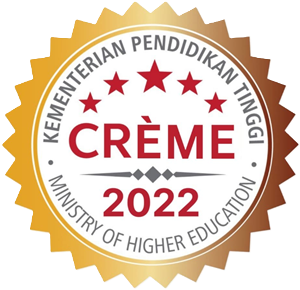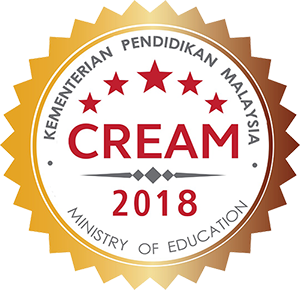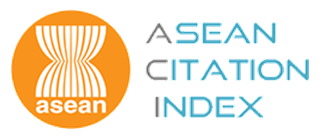EFFECTS OF PREHYDROLYSIS ON THE PRODUCTION OF DISSOLVING PULP FROM EMPTY FRUIT BUNCHES
Keywords:
Cellulose pulp, a-cellulose, oil palm lignocellulosics, viscosityAbstract
The necessity of expanding and diversifying value-added features of oil palm lignocellulosic waste in Malaysia has prompted an examination of its suitability as a raw material for dissolving pulp production. Introduction of prehydrolysis prior to any alkaline pulping process helps to decrease hemicellulose content and subsequently produce satisfactory high cellulose pulps. Empty fruit bunches (EFB) have been hydrolysed under a wide range of conditions and the resultant fibers determined for their yield and chemical properties. Results indicated that for all responses determined, namely, fiber yield, a-cellulose and viscosity, temperature gave the greatest effect particularly in the presence of acid, whilst time and acid level had lesser effects. It was also noted that, contrary to wood-based materials, prehydrolysing of EFB in the absence of acid is most effective. When pulped using a soda cooking cycle, an unbleached pulp with an a-cellulose of 96% and a Kappa number of 3.9 was obtained.





